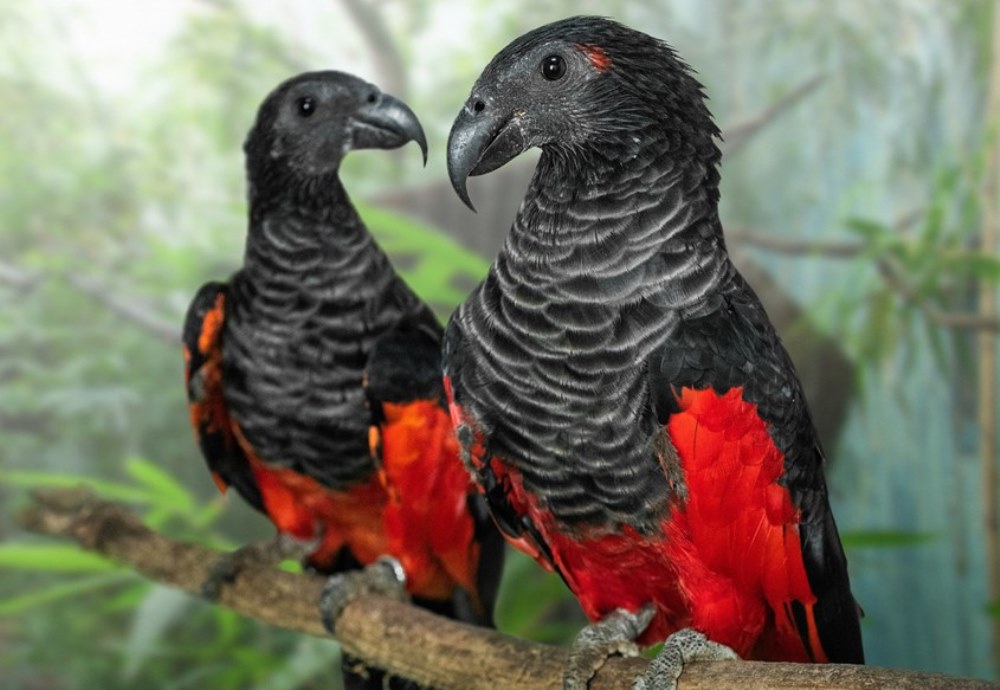Prague Zoo opened Rákos’ House for rare parrots
01. 10. 2019
On Saturday 28 September 2019 Prague Zoo celebrated its 88th birthday with an extraordinary feat. In the presence of the Mayor of Prague City, Zdeněk Hřib, and other prominent figures from public and social life, it opened a new pavilion for exotic birds, in particular parrots. It bears the name of Stanislav Rákos, a patron, a lifelong bird breeder and a supporter of Prague Zoo who contributed a generous amount to the pavilion’s construction just before his death.

Kea. Photo: Petr Hamernik, Prague Zoo
Miroslav Bobek, Prague Zoo’s director, recalls, “The preparation for the construction of our latest house began on the day I met Stanislav Rákos. It was the first and, unfortunately, the last time I had the pleasure. Shortly before his death, this keen exotic bird breeder decided to leave a substantial part of his assets to Prague Zoo. When we talked about how we could use the money, I also mentioned one idea we were considering: to build a brand new pavilion designed specifically for parrots, instead of the cramped aviaries from the early 1930s. Mr Rákos was so taken by this idea that he immediately asked me how much we would need – and then donated it to us.”

Rákos’ House presents parrots in environments that, through their vegetation, terrain modelling and painting, correspond almost perfectly to the habitats where they live in the wild. This is no mean task, since simply combining parrot breeding with growing live plants is a challenge all of its own. It has eight different habitats representing the different eco-regions that the pertinent species inhabit. This means the visitor feels like they’re traveling around the world as they walk through the exhibition. It allows them to look into far-flung places, starting with New Zealand and ending with Tierra del Fuego. This concept is primarily the work of Antonín Vaidl, the curator of bird breeding.
“We had no opportunity to learn from another zoo, because we couldn’t find a building with a similar intention for parrots, so we worked from our personal experience with breeding and observing parrots in the wild,” Vaidl described.

There are many rare and remarkable species among the inhabitants of Rákos’ House. Visitors can admire, for example, the critically endangered Lear’s macaw, the ecologically exceptional burrowing parrot, the extraordinarily intelligent kea from New Zealand, the bizarre looking Pesquet’s parrot from New Guinea, the unmistakable palm cockatoo or the natty Jamaican yellow-billed amazon, for which Prague Zoo keeps the studbook.








